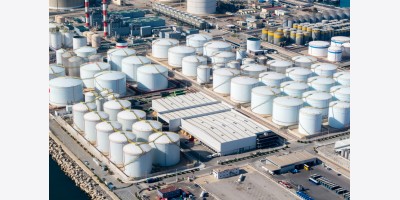The number of oil rigs in operation hit a multi-decade high as productivity plateaus. The oil industry added 12 more rigs according to the most recent data from Baker Hughes, totaling 1,473 active rigs looking for oil. That is the highest level since Baker Hughes separated out rig counts for oil and natural gas in 1987. Meanwhile, rigs drilling for natural gas declined by 18, dropping to a total of 326.
Oil prices have remained steadily above $90 per barrel for most of 2013 and all of 2014 thus far. These high prices support drilling. The oil bonanza in American shale basins – largely dominated by the Eagle Ford and the Bakken – led to a rapid rise in oil rig counts since 2009. However, over the last year, rig counts began to plateau. Far from being a negative indicator for the level of drilling activity, the rig count stopped climbing because drillers were squeezing out greater production from each rig. These productivity gains allowed more wells to be drilled and more oil to be produced with the same number of rigs. This made looking at the rig count as a proxy for drilling activity a bit less reliable than it had been in the past.
More recently however, productivity gains have slowed in the Eagle Ford, the Marcellus, and elsewhere. With drillers beginning to run up against the limits of efficiency gains, they will need to add more rigs if they want to lift production. They are also switching to more advanced rigs which use state-of-the-art technology. According to Fitch, this will lift prices for rigs.
Meanwhile, the simmering tension over Crimea has WTI oil prices back over $100 per barrel, a price level that will contribute to steady demand for drilling within the United States.
By Joao Peixe of Oilprice.com






















